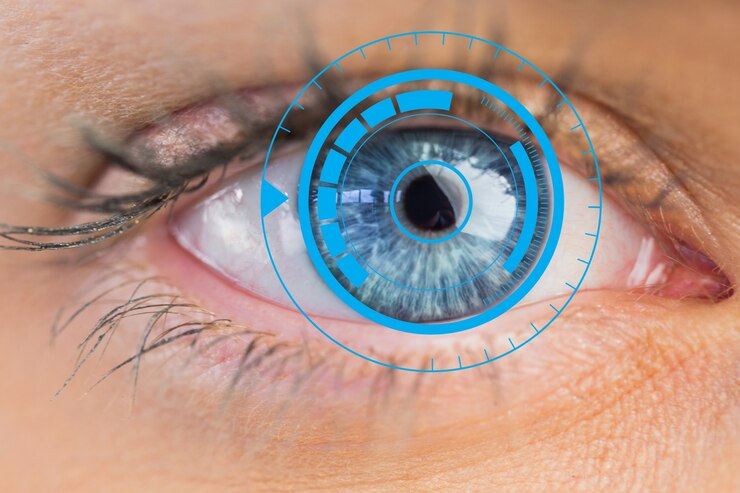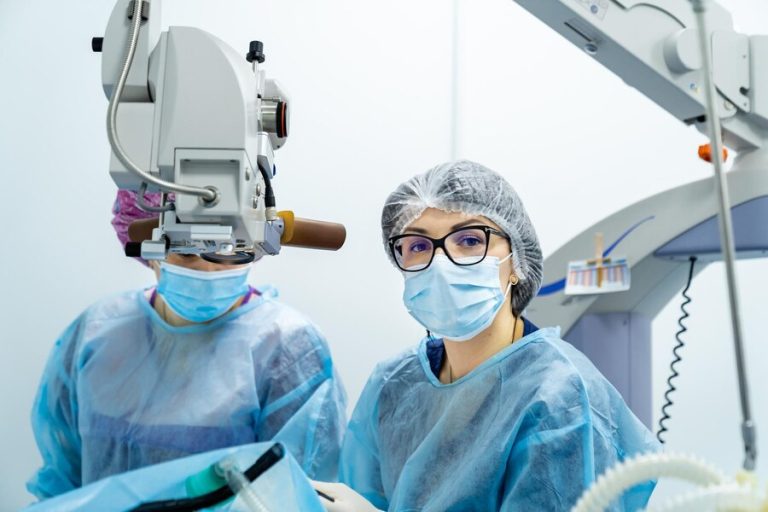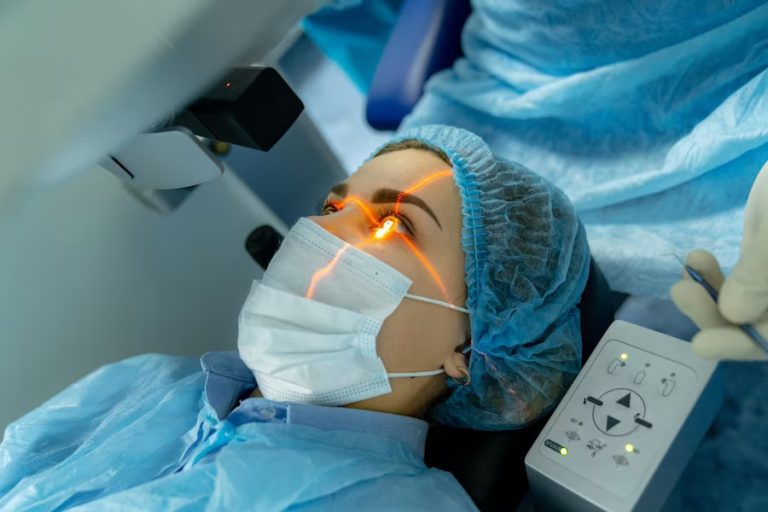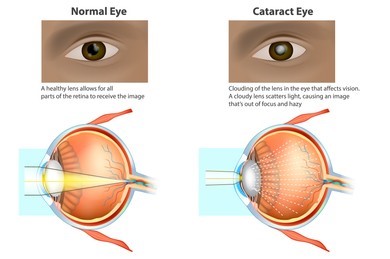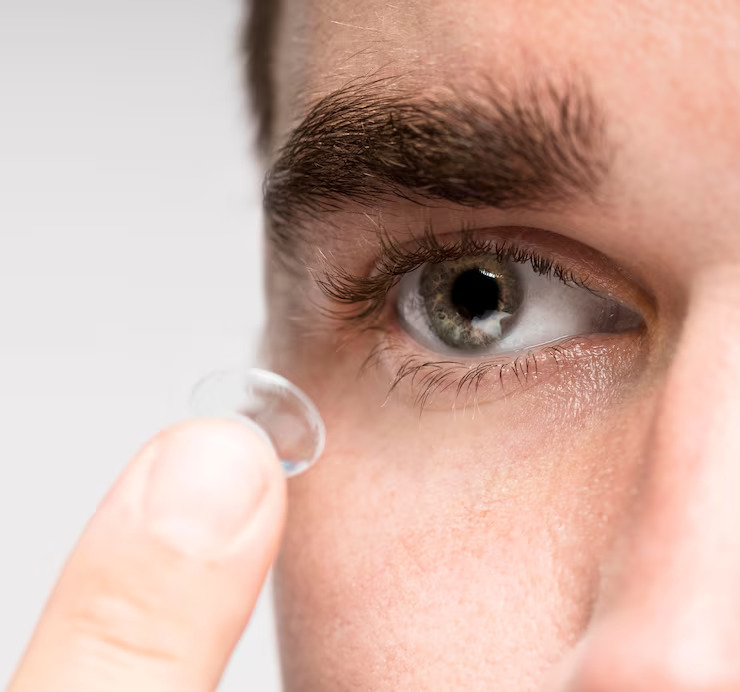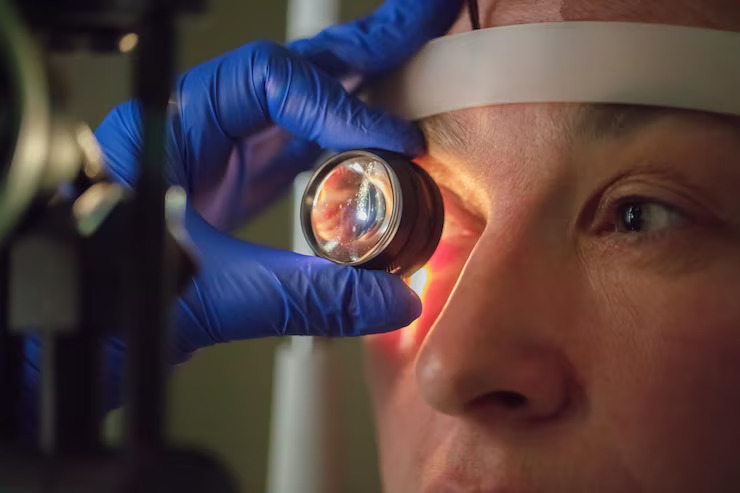An Overview Of Cataract Surgery: What You Need To Know
One of the most popular and effective surgical procedures carried out globally is cataract surgery. It involves the removal of the eye’s natural lens, which has become clouded due to cataracts, and its replacement with a clear artificial lens. This article provides a comprehensive overview of cataract surgery, including its indications, types, procedures, recovery, and potential risks.
Understanding Cataracts
Cataracts are a common age-related condition where the eye’s lens becomes progressively opaque, leading to blurred vision and if left untreated, eventual blindness. They develop slowly and can affect one or both eyes. Symptoms include cloudy or blurry vision, difficulty seeing at night, sensitivity to light, seeing halos around lights, and frequent changes in prescription glasses.
Indications for Cataract Surgery
Cataract surgery is typically recommended when cataracts begin to interfere significantly with daily activities such as reading, driving, or watching television. Your eye doctor will perform a thorough eye examination, including visual acuity tests, to determine the severity of the cataracts and discuss the benefits and risks of surgery.
Types of Cataract Surgery
There are two primary types of cataract surgery:
- Phacoemulsification (Phaco): This is the most common method. It involves making a small incision in the cornea and using ultrasound waves to break up the cloudy lens into smaller pieces. These pieces are then suctioned out, and an artificial intraocular lens (IOL) is inserted in place of the natural lens.
- Extracapsular Cataract Extraction (ECCE): This method is used for very advanced cataracts where the lens is too dense to break up with ultrasound. A larger incision is made to remove the cloudy lens in one piece, followed by the insertion of an IOL. This method requires a longer recovery period due to the larger incision.
The Cataract Surgery Procedure
Cataract surgery is usually performed on an outpatient basis and takes about 15-30 minutes. Here’s a step-by-step outline of the procedure:
- Preoperative Preparation: Before the surgery, your doctor will conduct a thorough eye examination and measure your eye to determine the correct type and strength of the IOL. You will be advised to stop taking certain medications that could increase bleeding risk.
- Anesthesia: The procedure is typically done under local anesthesia. Eye drops are used to numb the eye, and a sedative may be given to help you relax.
- Incision: The surgeon makes a small incision at the edge of the cornea.
- Lens Removal: In phacoemulsification, an ultrasound probe is inserted to break up the cloudy lens, which is then suctioned out. In ECCE, the lens is removed in one piece.
- IOL Insertion: The artificial lens is folded and inserted through the small incision, where it unfolds and takes the place of the natural lens.
- Closing the Incision: The small incision typically does not require stitches and heals on its own.
Recovery After Cataract Surgery
Recovery from cataract surgery is generally quick. Most people notice an improvement in vision within a few days, although complete healing can take up to eight weeks. Here are some tips for a smooth recovery:
- Follow Postoperative Instructions: Your doctor will provide specific instructions regarding the use of eye drops to prevent infection and reduce inflammation. It is crucial to follow these instructions carefully.
- Protect Your Eye: Wear an eye shield or glasses to protect your eye from accidental bumps and exposure to irritants. Avoid rubbing your eyes.
- Limit Activities: Avoid strenuous activities, heavy lifting, and bending over for the first few weeks. These actions can increase pressure in your eye and impede healing.
- Attend Follow-Up Appointments: Regular follow-up visits with your eye doctor are essential to monitor your healing progress and address any concerns.
Potential Risks and Complications
While cataract surgery is highly successful, it is not without risks. Potential complications include:
- Infection: Though rare, infection can occur and may require additional treatment.
- Inflammation: Postoperative inflammation is common but usually managed with prescribed eye drops.
- Swelling: Swelling of the cornea or retina can occur but typically resolves with treatment.
- Detached Retina: This serious complication can occur after cataract surgery and requires immediate medical attention.
- Posterior Capsule Opacity (PCO): Sometimes, the back of the lens capsule becomes cloudy months or years after surgery, causing vision to become blurry again. This can be treated with a quick, painless laser procedure called YAG laser capsulotomy.
Choosing the Right Intraocular Lens (IOL)
Several types of IOLs are available, each with its own benefits and limitations:
- Monofocal IOLs: These lenses provide clear vision at one distance (near, intermediate, or far). Most people choose distance vision and use reading glasses for close work.
- Multifocal IOLs: These lenses provide multiple zones for different distances, reducing the need for glasses.
- Accommodative IOLs: These lenses can focus at various distances because they can move or change form inside the eye.
- Toric IOLs: These lenses not only treat cataracts but also astigmatism.
Advancements in Cataract Surgery
Technological advancements continue to improve the outcomes and safety of cataract surgery. Laser-assisted cataract surgery uses a femtosecond laser to make precise incisions and soften the cataract, allowing for easier removal. This technology can enhance the accuracy of the procedure and reduce recovery time.
Conclusion
Cataract surgery is a highly effective procedure that can significantly improve vision and quality of life for those suffering from cataracts. By understanding the types of surgery available, the procedure itself, recovery tips, and potential risks, patients can make informed decisions and approach their surgery with confidence. Always consult with your ophthalmologist to determine the best treatment plan tailored to your specific needs. With proper care and follow-up, cataract surgery can restore clear vision and enhance your overall well-being.
For any further queries, Plz visit drvivekgarg.in


